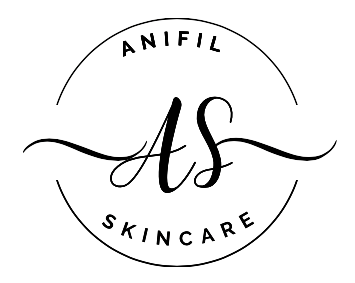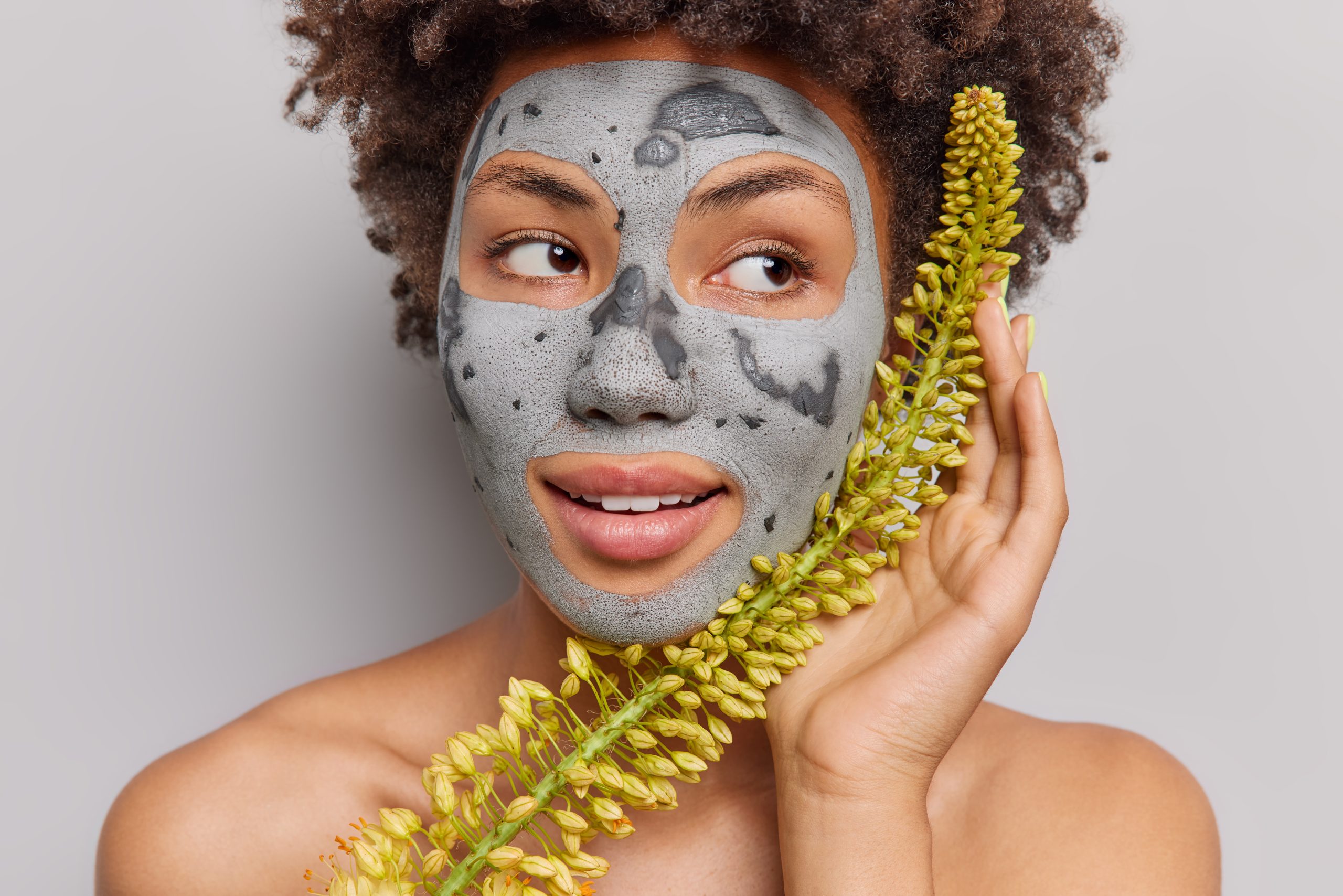Pregnancy causes major physical changes, including alterations to the skin. Hormonal changes during pregnancy can cause a variety of skin conditions to develop, ranging from mild to severe. In this article, we will discuss the most common pregnancy-related skin conditions and how to treat them.
1. Acne
Acne is a common skin condition that affects many people during pregnancy. The hormonal changes that occur during pregnancy can cause an increase in the production of oil in the skin, leading to clogged pores and acne breakouts. Pregnant women may also experience acne in areas they do not typically get acne, such as the chest and back.
Treatment:
To treat acne during pregnancy, it is essential to use gentle, non-comedogenic skincare products that will not clog pores. Avoid using harsh ingredients like salicylic acid, benzoyl peroxide, and retinoids, as these can be harmful to the developing fetus. Instead, consider using gentle, natural skincare products, such as a mild cleanser and moisturizer. Tea tree oil is a natural ingredient that has been shown to be effective in treating acne. It has antimicrobial properties that help kill the bacteria that cause acne. However, it is important to use tea tree oil in small quantities, as it can be irritating to the skin in high concentrations.
If acne is severe, a dermatologist may prescribe topical antibiotics or azelaic acid to help control it. Oral antibiotics are generally not recommended during pregnancy, as they can affect fetal development.

2. Stretch marks
Stretch marks are a common occurrence during pregnancy, affecting up to 90% of women. They occur when the skin stretches rapidly, causing the collagen and elastin fibers in the skin to break down. Stretch marks typically appear on the abdomen, breasts, thighs, and buttocks.
Treatment:
While there is no cure for stretch marks, there are things you can do to help reduce their appearance. Keeping the skin moisturized can help improve its elasticity and reduce the likelihood of stretch marks forming. Use a moisturizer with cocoa butter or shea butter, which can help hydrate the skin and improve its texture. Applying topical retinoids like tretinoin can also help improve the appearance of stretch marks. However, it’s important to avoid using retinoids during pregnancy, as they can be harmful to the developing fetus. Instead, wait until after pregnancy and breastfeeding to use these products.
3. Melasma
Melasma, also known as “pregnancy mask,” is a common skin condition that causes brown patches to develop on the face. It is caused by hormonal changes during pregnancy that stimulate the production of melanin, the pigment that gives skin its color. Melasma can appear on the forehead, cheeks, and upper lip.
Treatment:
To treat melasma, it is important to avoid sun exposure, as UV radiation can exacerbate the condition. Wear a broad-spectrum sunscreen with an SPF of 30 or higher, and wear a wide-brimmed hat when outside. Stay in the shade whenever possible.
Topical lightening products with agents like alpha arbutin or kojic acid are recommended. These ingredients work by inhibiting the production of melanin, which can help reduce the appearance of melasma. However, these ingredients should only be used under the guidance of a dermatologist or a skincare products formulator.

4. Pruritic urticarial papules and plaques of pregnancy (PUPPP)
Pruritic urticarial papules and plaques of pregnancy (PUPPP) is a skin condition that causes itchy, raised bumps to develop on the skin. It typically occurs in the third trimester of pregnancy, and is more common in women carrying multiples.
The cause of PUPPP is unknown, but it’s thought to be related to the stretching of the skin. It can be very uncomfortable and can interfere with sleep.
Treatment:
To treat PUPPP, it is important to keep the skin moisturized to reduce itching. Take cool baths or showers and apply a cool compress to the affected area to help reduce inflammation. Avoid scratching, as this can worsen the condition and lead to infection. Topical corticosteroids or oral antihistamines are recommended to help control itching. In severe cases, oral corticosteroids may be necessary, but these should only be used under the guidance of a healthcare provider.
5. Varicose veins
Varicose veins are a common occurrence during pregnancy, affecting up to 40% of women. They occur when the valves in the veins that help circulate blood back to the heart become weak or damaged, causing blood to pool in the veins.
Varicose veins can be uncomfortable and can cause swelling, aching, and cramping in the legs. In severe cases, they can also cause skin changes like hyperpigmentation, skin thickening, and ulceration.
Treatment:
To treat varicose veins during pregnancy, it is important to wear compression stockings to help improve circulation and reduce swelling. Elevating the legs when sitting or lying down can also help improve blood flow.
Walking or swimming on a regular basis can assist improve circulation and minimize the chance of developing varicose veins. Sitting or standing for long periods of time might aggravate the issue. A procedure like sclerotherapy or endovenous laser treatment is also recommended to close off the affected veins and improve circulation. However, because these operations are normally not performed during pregnancy, this can only occur after childbirth.
In conclusion, pregnancy can result in a wide range of skin disorders, from moderate to severe. It is important to use gentle, non-comedogenic skincare products and avoid harsh ingredients that can be harmful to the developing fetus. If a skin condition is serious or chronic, please seek the advice of a healthcare physician or dermatologist for diagnosis and treatment. By taking care of your skin during pregnancy, you can help ensure a healthy pregnancy and promote a healthy, radiant complexion.








